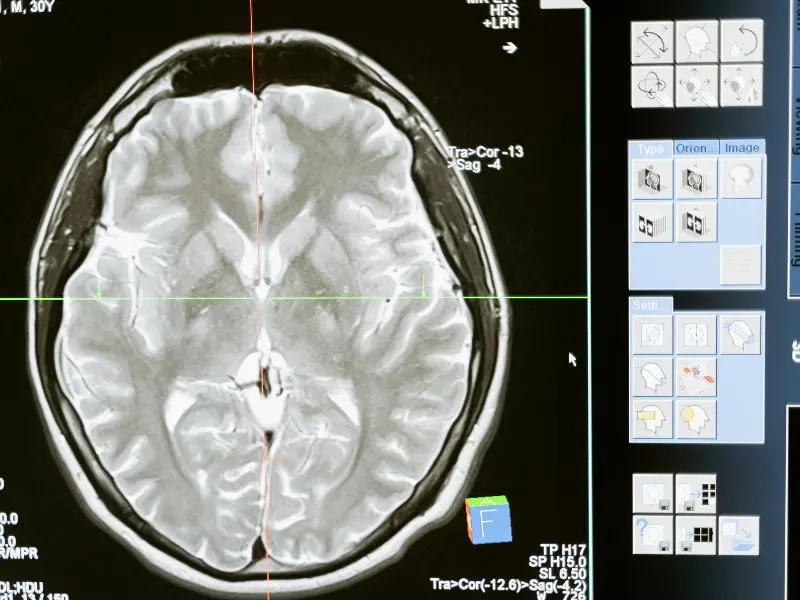In today’s fast-paced business world, executive presence neuroscience is a defining trait that sets professionals apart. This elusive quality commands attention, inspires confidence, and builds trust among colleagues, clients, and stakeholders. While executive presence has long been recognized as essential for success, neuroscience provides fresh insights into the mechanisms behind it. Mehrabian’s 7-38-55 rule highlights that how we speak influences perception more than what we say. This article explores the neuroscience of executive presence and how professionals can enhance their leadership impact through brain-based strategies.

The Brain’s Role in Executive Presence
Executive presence extends beyond appearance—it involves confidence, credibility, and the ability to influence. Neuroscience reveals that several brain regions play key roles in shaping professional presence:
- Amygdala: As the brain’s emotional center, the amygdala processes social cues and emotional responses. Leaders with strong executive presence regulate emotions effectively, projecting composure and instilling confidence in others.
- Prefrontal Cortex: This area governs decision-making, planning, and self-regulation. Professionals with self-awareness and self-control navigate challenges with grace and assurance.
- Mirror Neurons: These specialized cells activate when observing others, fostering empathy and social influence. Leaders skilled in emotional connection inspire trust and motivate teams through their words and actions.

Enhancing Executive Presence Through Neuroscience
How can professionals apply neuroscience to strengthen executive presence? Consider these strategies:
1. Emotional Regulation
Practice mindfulness and deep breathing to manage stress and project confidence. Setting aside daily practice time helps access these techniques in high-pressure situations. Watch how Robert Downey Jr. demonstrates emotional regulation in a high-stress interview.
2. Self-Awareness
Seek feedback from trusted colleagues or a coach to align external perceptions with your intentions. Understanding how others perceive you strengthens authenticity and confidence.
3. Empathy and Connection
Build rapport by actively listening and acknowledging others’ perspectives. Using probing questions and restatements improves communication and strengthens connections.
4. Nonverbal Communication
Your body language, facial expressions, and vocal tone impact how others perceive you. Open-palmed gestures, eye contact, and an upright posture project confidence and authority. Explore our Foundational Speaking Skills Program for techniques to refine nonverbal communication.
5. Continuous Learning and Development
Commit to ongoing personal and professional growth. A growth mindset and regular coaching can refine leadership skills and enhance presence over time.
This video showcases Robert Downey Jr. using emotional regulation techniques, such as deep breathing and controlled responses, to maintain executive presence during a challenging interview. His ability to stay composed contrasts with the interviewer’s nervous demeanor, highlighting key leadership communication skills.
Leveraging Neuroscience for Leadership Excellence
Executive presence is a blend of confidence, credibility, and connection. Understanding the neuroscience behind leadership presence empowers professionals to enhance their influence and impact. At Corporate Speech Matter Expert, we help professionals apply neuroscience-backed strategies to develop compelling communication skills. Contact Corporate Speech Matter Expert for information about the Leaderspeak Program to tap into the power of neuroscience and unlock your full leadership potential.
